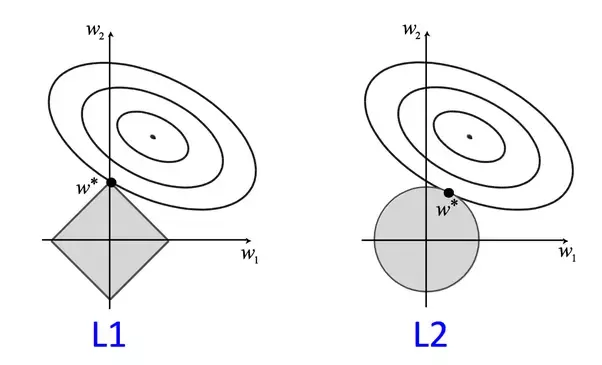You are given an array nums. You can rotate it by a non-negative integer k so that the array becomes [nums[k], nums[k + 1], ... nums[nums.length - 1], nums[0], nums[1], ..., nums[k-1]]. Afterward, any entries that are less than or equal to their index are worth one point.
- For example, if we have
nums = [2,4,1,3,0], and we rotate byk = 2, it becomes[1,3,0,2,4]. This is worth3points because1 > 0[no points],3 > 1[no points],0 <= 2[one point],2 <= 3[one point],4 <= 4[one point].
Return the rotation index k that corresponds to the highest score we can achieve if we rotated nums by it. If there are multiple answers, return the smallest such index k.
Example 1:
Input: nums = [2,3,1,4,0]
Output: 3
Explanation: Scores for each k are listed below:
k = 0, nums = [2,3,1,4,0], score 2
k = 1, nums = [3,1,4,0,2], score 3
k = 2, nums = [1,4,0,2,3], score 3
k = 3, nums = [4,0,2,3,1], score 4
k = 4, nums = [0,2,3,1,4], score 3
So we should choose k = 3, which has the highest score.Example 2:
Input: nums = [1,3,0,2,4]
Output: 0
Explanation: nums will always have 3 points no matter how it shifts.
So we will choose the smallest k, which is 0.Constraints:
1 <= nums.length <= 10^50 <= nums[i] < nums.length
Problem Analysis:
When k = 1, we observe when the item in the nums array gets a point or loses a point after a rotation.
Gets a point: the last item rotate to index 0, no matter what item value it is
Lost a point: we can find it happens when new index is item value + 1
So we iterate the k, every k state can compute points from k-1 state, so we get every k states change. Then we can get the biggest change, when the k value is the answer
Solution
class Solution {
public:
int bestRotation(vector<int>& nums) {
vector<int> change(nums.size());
for (int i = 0; i < nums.size(); ++i)
change[(i - nums[i] + 1 + (int)nums.size()) % (int)nums.size()] -= 1;
for (int i = 1; i < nums.size(); ++i)
change[i] += change[i - 1] + 1;
return distance(change.begin(), max_element(change.begin(), change.end()));
}
};Time complexity is O(nums)
Space complexity is O(nums)





